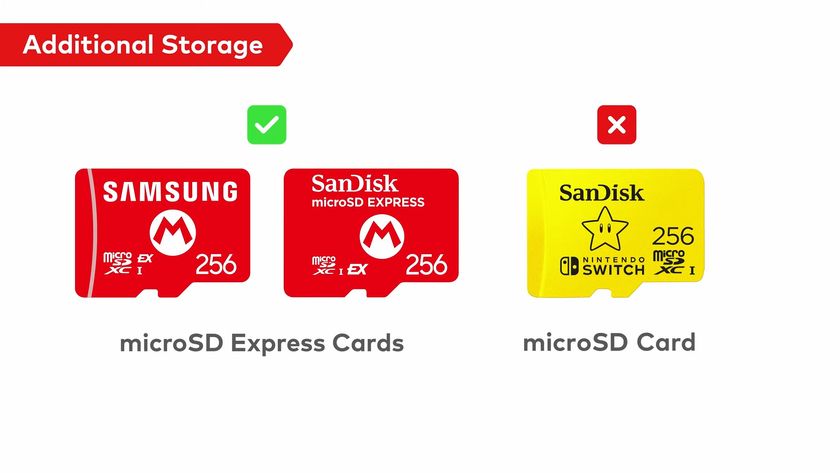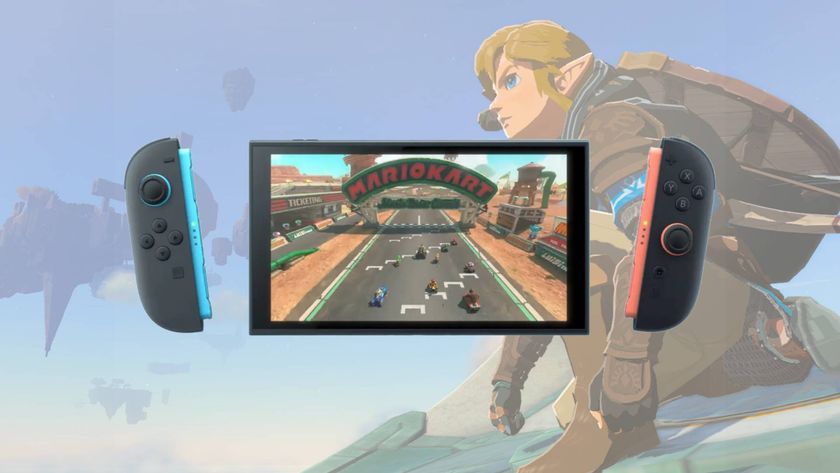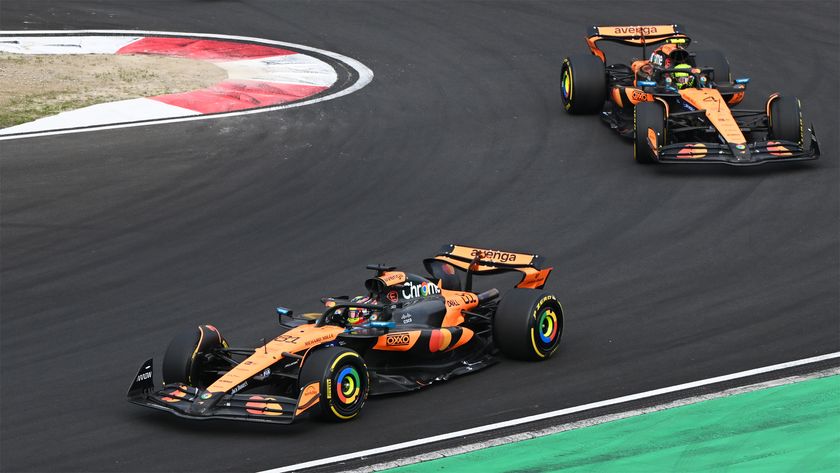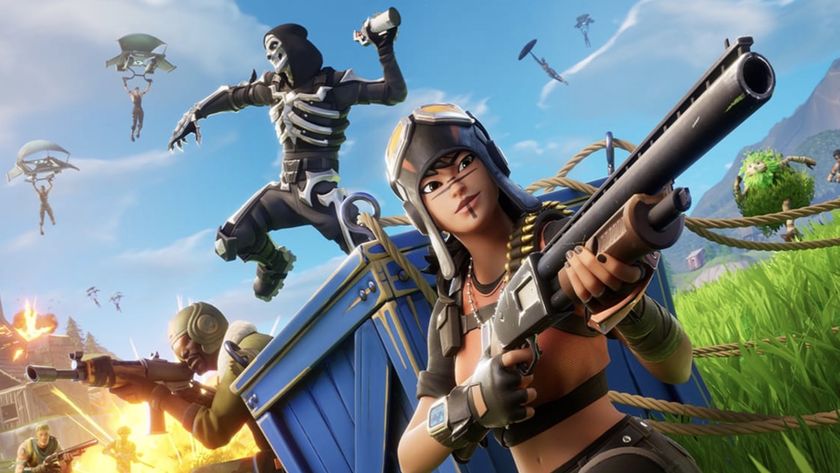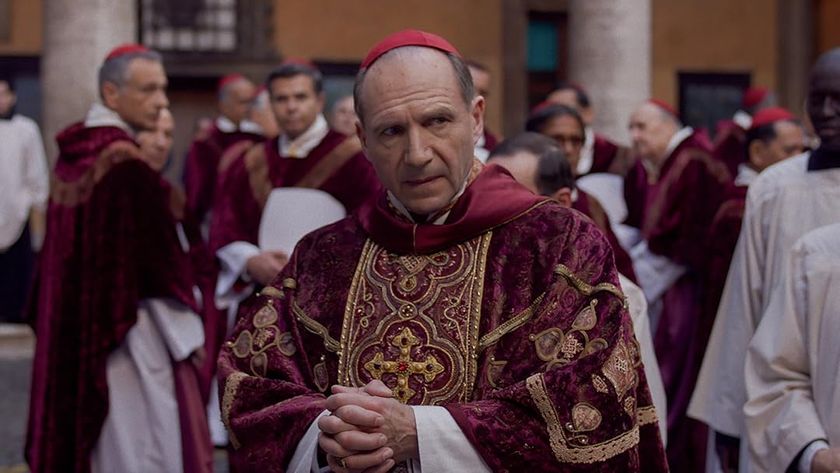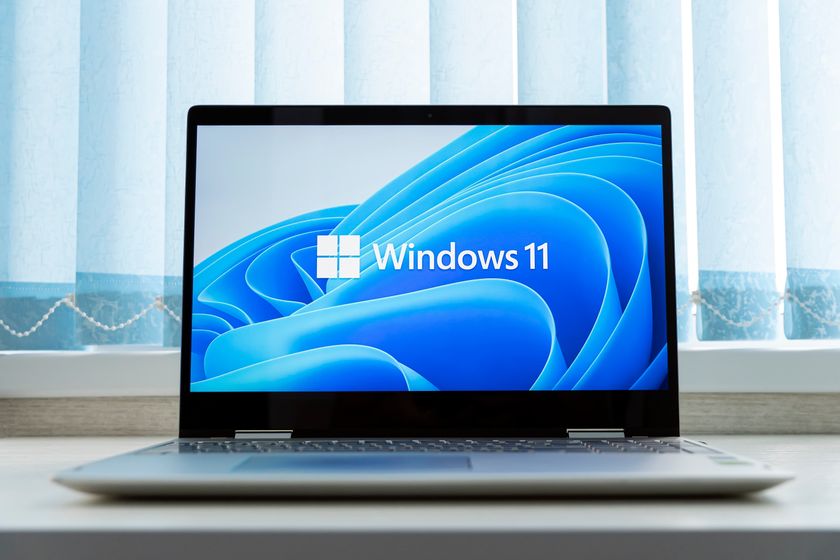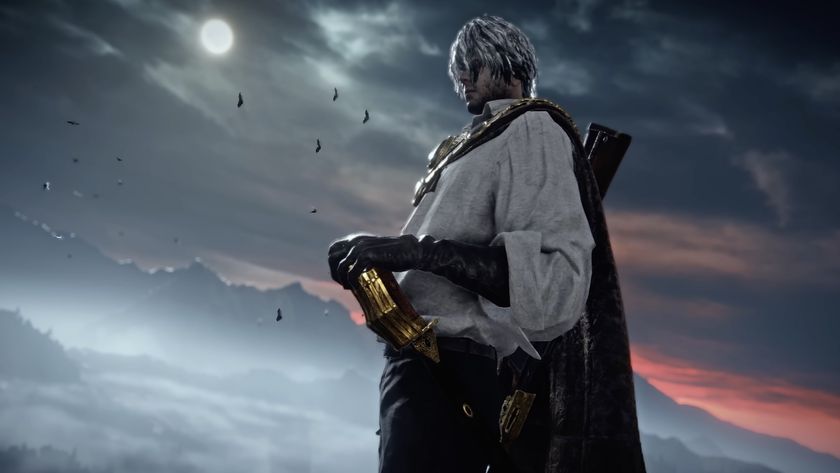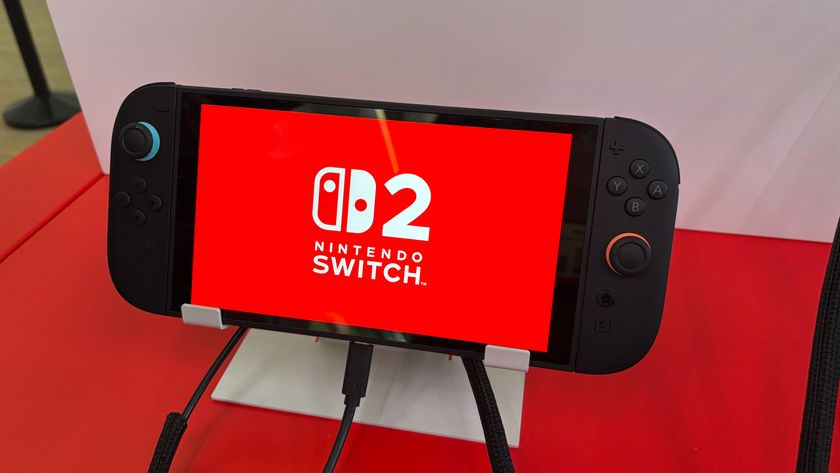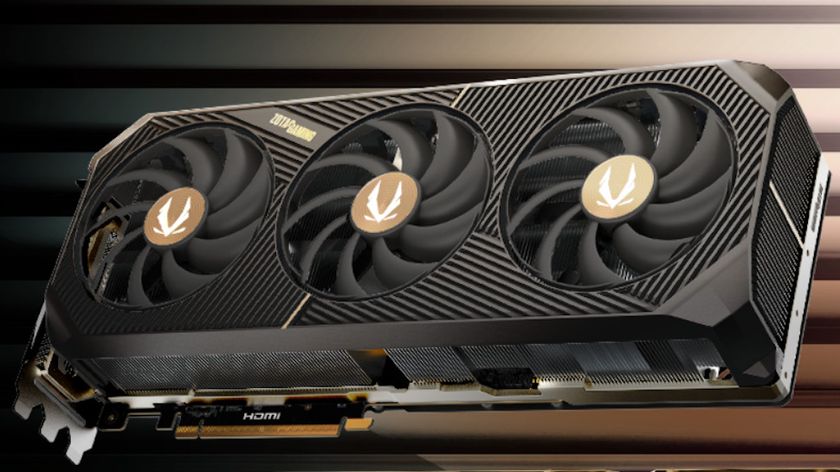How Super Smash Bros. 64 became king of the crossovers
The innovative fighting game turns 20 years old
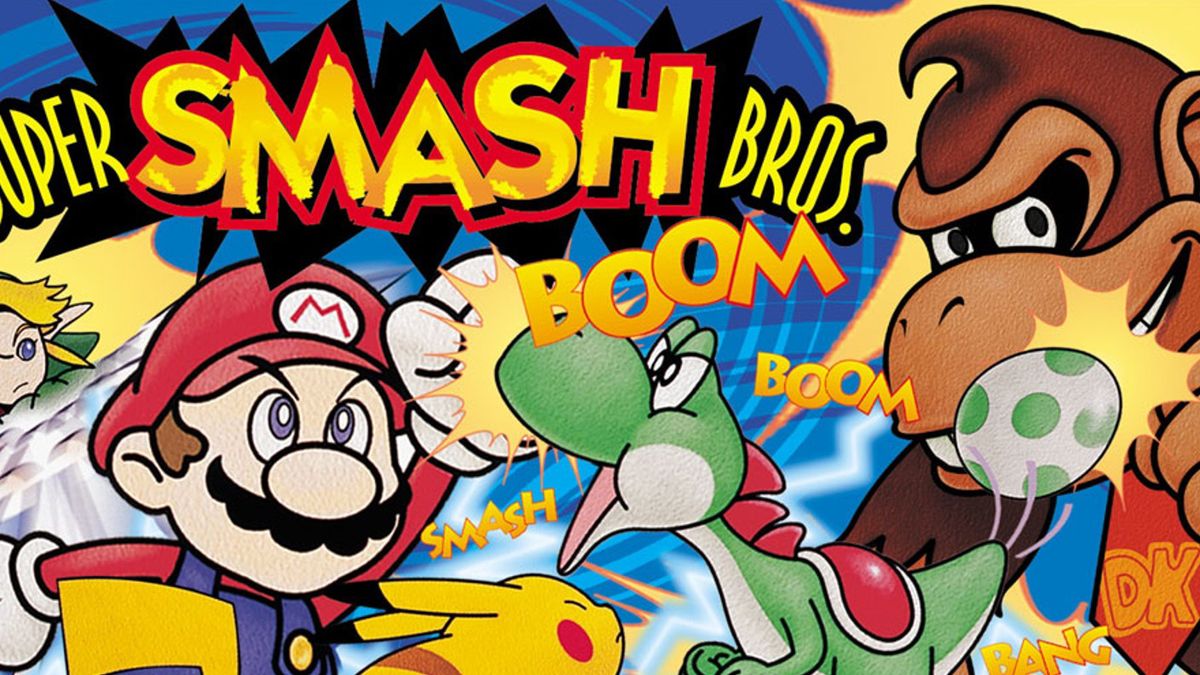
With the arrival of Super Smash Bros. Ultimate, the latest and largest Smash Bros. game ever to grace our consoles, it’s almost impossible to imagine a time where there wasn’t a Nintendo-made crossover fighting game beloved by critics, players and pros alike.
It’s a series that redefined what we expect from a fighting genre, offering an enticing refuge that’s both inclusive for newcomers and consistently nuanced for veterans.
And yet, back in the late ’90s when creator Masahiro Sakurai first had the idea for a more acrobatic-minded fighting game, the medium was a very different place. Fighting games had reached a crowded critical mass and weren’t the powerful system shifters they were in the heyday of Mortal Kombat and Street Fighter’s early years.
20 years on from the franchise's debut, we look back at what made Super Smash Bros. so special – and how it came to be made at all.
- Why all the fuss? Check out our review of the new Super Smash Bros. Ultimate
Life after Kirby
In his late 20s at the time, Sakurai had served as director on the NES, SNES and Game Boy versions of the Kirby series, but he had outgrown the lovable pink lump and wanted to try something new. Specifically, a four-player fighting game that took the jumping and movement physics of a platformer and merged them with the power-ups and specials of a brawler.
It was an ambitious idea; so much so that Sakurai built the project somewhat in secret before approaching Nintendo with the idea. Fighting games weren’t making that much money at the time after all. Sakurai wanted to use some of the firm’s most well-known first-party characters to help make his idea stand out from the crowd, even if such an idea seemed unlikely to stick with his bosses.
So, of course, Sakurai went ahead and used them in his prototype anyway.
Get daily insight, inspiration and deals in your inbox
Sign up for breaking news, reviews, opinion, top tech deals, and more.
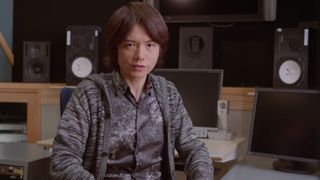
But in the mid-to-late ’90s Nintendo just happened to be working on a powerful new console named ‘Dolphin’ – what would become Nintendo 64 – and in a stroke of good fortune, Nintendo approved the prototype and tasked Sakurai with building a fighting game that lived up to its lofty ambitions. And so, with a small team of programmers and designers, Sakurai went and did just that.
When it launched in Japan on 21 January 1999 – and in the West three months later – Super Smash Bros. 64 took the core tenants of a fighting game and purposefully threw them on their head.
Matches weren’t concerned with health bars or using dashes and back-steps to close a small modicum of distance. Instead, Smash 64 built itself around a remarkably simple concept. Rather than losing life, you accumulate damage in the form of a percentage. The higher the number, the further you can be knocked off the stage.
Risk becomes reward
Despite launching with a surprisingly small marketing budget for a game that a) arrived in the ’90s and b) featured first-party Nintendo characters, Smash 64 filled a niche no one even knew existed and cemented itself as one of Nintendo 64’s most lauded titles.
Sakurai’s risky ideas paid themselves off and it became a resounding critical and commercial success. Within two years it had sold five million copies, securing immortality as the console’s fifth most successful title of all time.
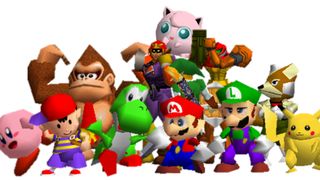
While its sequel – Super Smash Bros. Melee, which launched on GameCube in 2001 – would establish itself as a mainstay in the competitive fighting scene for more than 15 years with far more characters and stages, the original Smash 64 laid every piece of groundwork with far less content. That’s a testament to the quality of Sakurai’s vision and just how deftly its roster of vastly different characters were blended together.
With only 12 fighters to choose from and nine stages upon which to do battle, Smash 64 redefined not just on what a fighting game could be but how succinct a crossover could be conducted.
Link from The Legend of Zelda. Samus from Metroid. Fox McCloud from Star Fox. Mario from… well, Mario. Characters with completely different movement animations, dash speeds and recovering times all melded together in a way that didn’t ever feel imbalanced.
This was the heyday of fighting game Tekken, which was only two years old when Smash 64 released. This was a time where Capcom’s Street Fighter crossover series had already produced the likes of Marvel Super Heroes vs. Street Fighter (a 2D fighting game that had become a huge hit in arcades with its recognisable licenses).
Fighting games had become considerably oversaturated with some of its best releases, and yet here was a new series that went against the grain and proved radically different approaches could bring about both critical and commercial success.
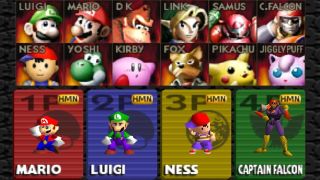
Simplicity and legacy
Even now, 20 years on from its release, the core blueprint Sakurai established in Smash 64 still holds true in the latest instalments in the franchise. Every character, regardless of their origin, has the same control setup and one-button scheme. Without the need to learn tediously long BlazBlue-style inputs, Smash 64 levelled the playing field so anyone could pick up a controller and have fun without feeling outgunned.
It’s the genius of Smash in every one of its entries. You can play for the sheer bombastic fun of it, leaping between platforms, attempting to knock your opponents flying by sheer chance. Or, you can use momentum and positioning to gain an advantage, using double-jumps to grab a ledge at the last minute or unleashing a calculated flurry of hits.
Almost every other fighting game out there still struggles to find that balance between amateurs and pros, yet Smash has had it nailed for two decades now.
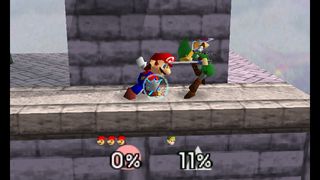
While it would be its sequel in Melee that would serve as a touchstone for the competitive fighting game scene, interest in the game that started it all has been renewed by the recent arrival of Super Smash Bros. Ultimate.
Despite not having any online support – this was a 64-bit game on a chunky cartridge from the ’90s after all – today’s players have been using emulators to host online tournaments with the classic that kicked off the franchise.
Thanks to its timeless design, simple yet nuanced controls, and the deft symbiosis of Nintendo’s many contrasting first-party properties, Super Smash Bros. 64 remains an important milestone not just for fighting games but for crossover titles in general. Throwing Mario, Link, and Samus together in the same game had an incredible sense of audacity and chaos that still resonates today.
Super Smash Bros. Ultimate may be the very best the series has ever known, but it owes everything to the trail that was blazed 20 years before.
- Read our full take of the latest game in our Super Smash Bros. Ultimate review
- Or check out how to unlock every character in Super Smash Bros. Ultimate
